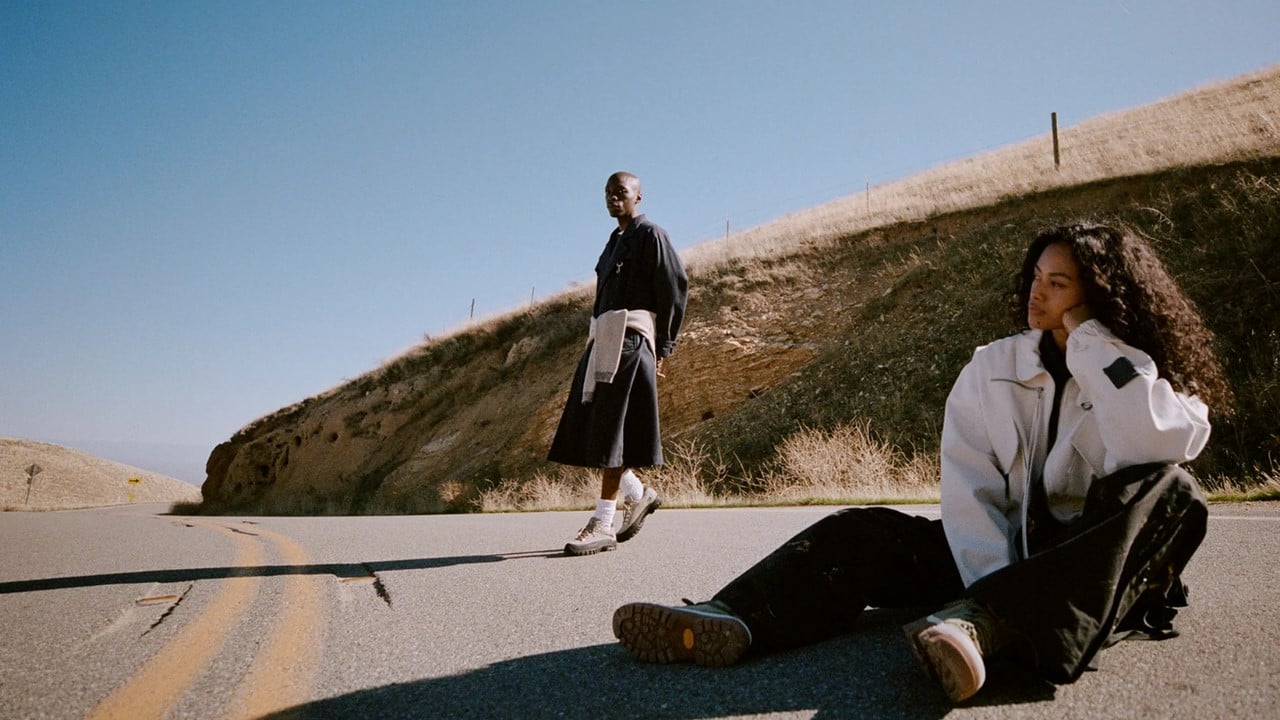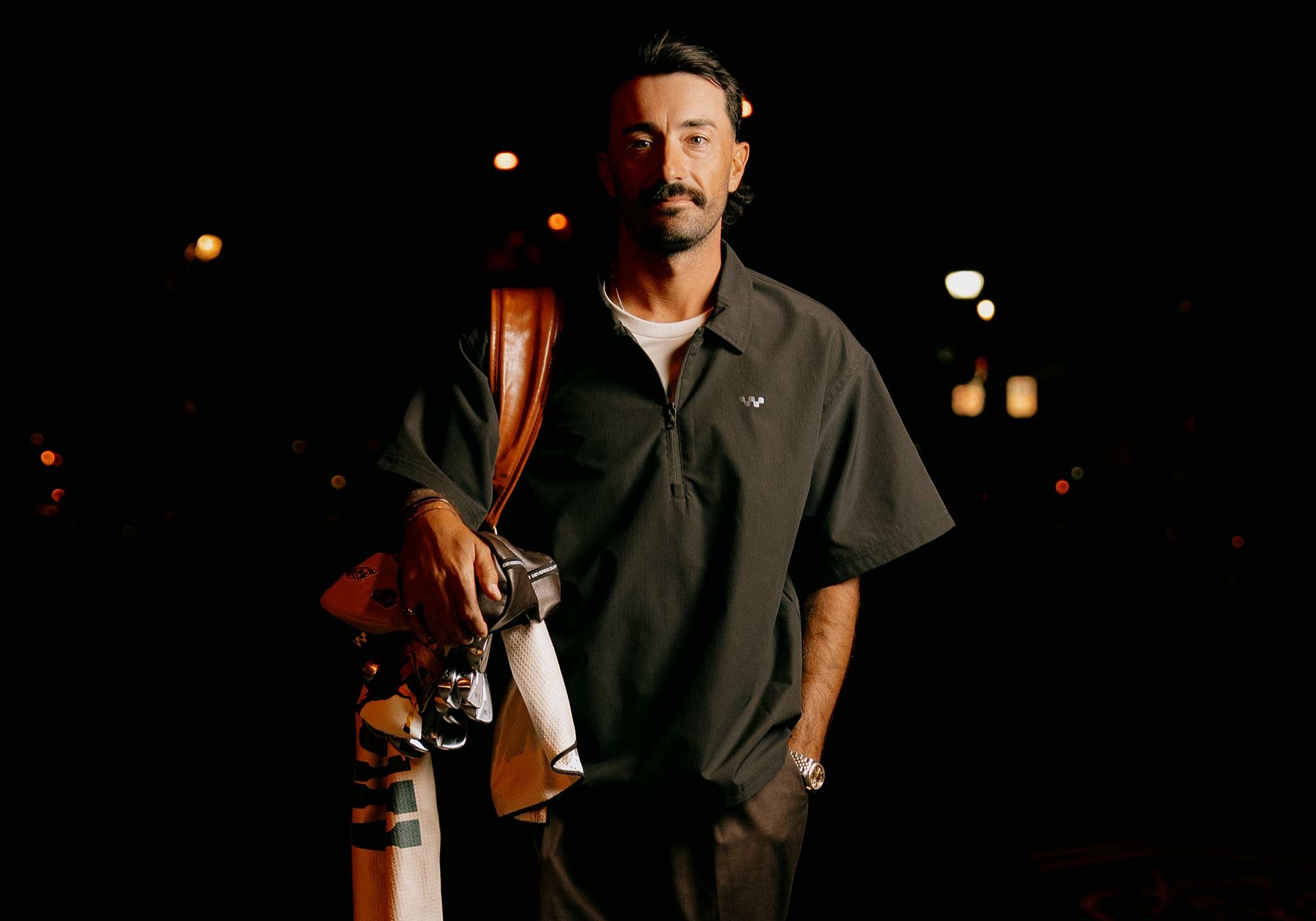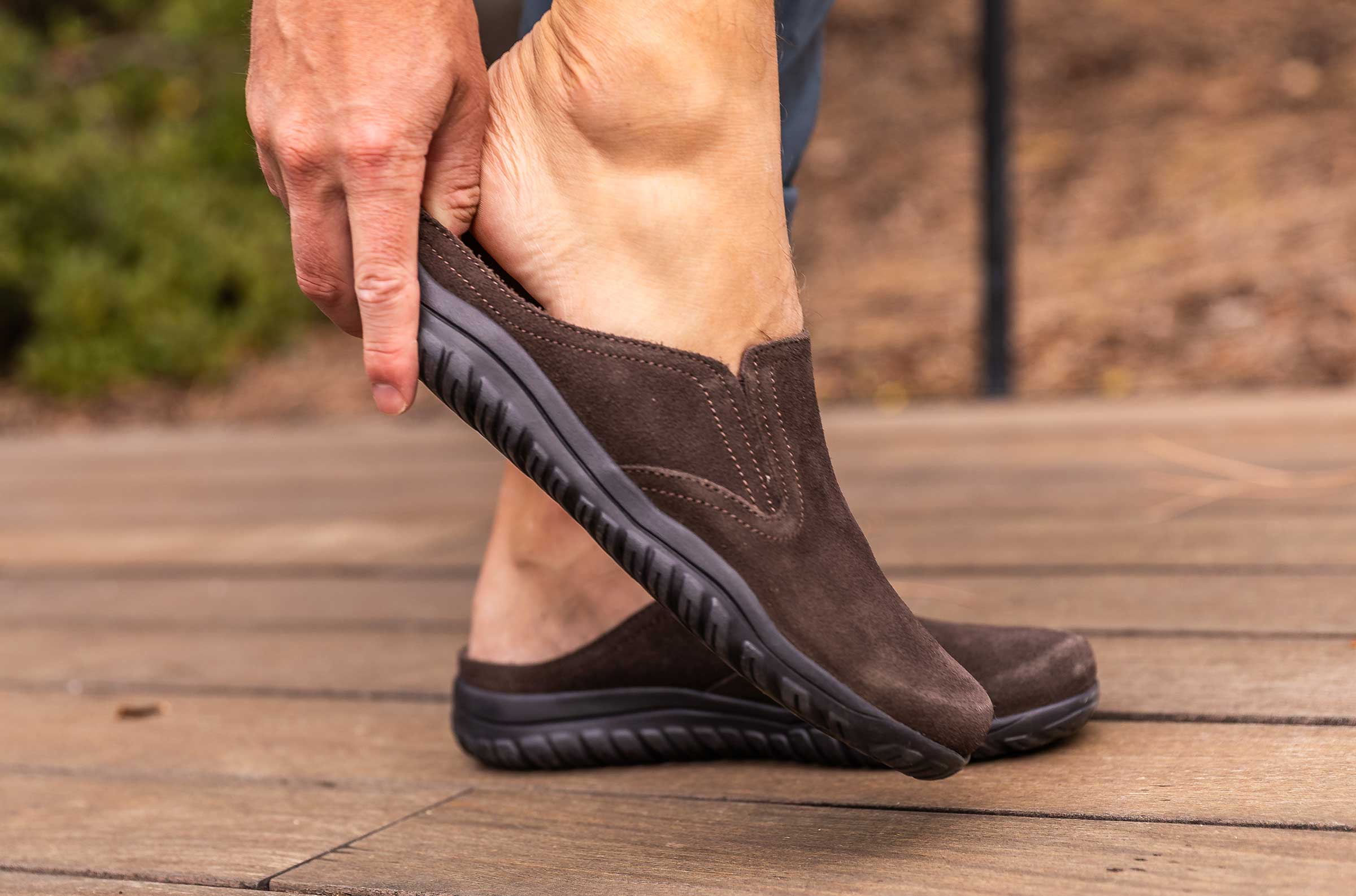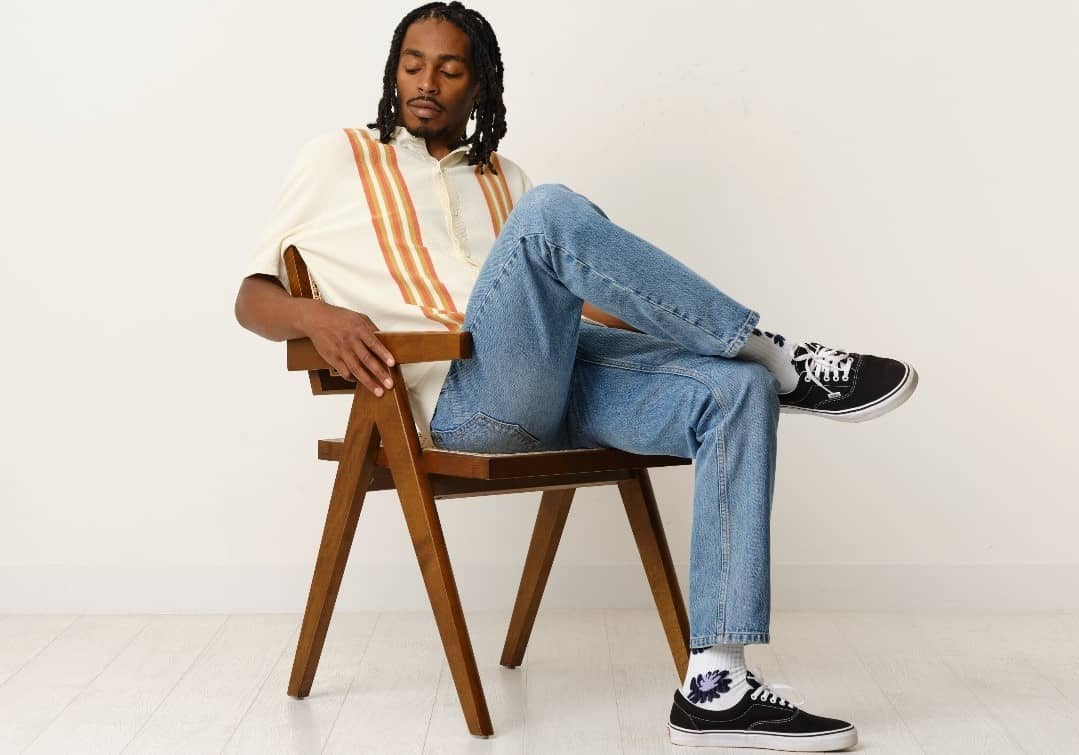Menswear’s Next Breakout Brands: 12 Labels Under 100K Followers On Instagram
Dec 22, 2025In Search of Mature Masculinity in a World of Wounded BoyMen: Part 4
- Feb 25, 2025
- 0 Comments
503

Long Live Men: Emerging Communities Supporting Mature Masculinity
In Part 1, I discussed the origin of my own search for masculinity growing up with an absent father. I also introduced you to Michael Gurian and Sean Kullman and their book, Boys, A Rescue Plan: Moving Beyond the Politics of Masculinity to Health Male Development. In Part 2, I expanded the discussion to draw on the work of other colleagues who are recognizing that healthy masculinity, like healthy femininity, are opposite sides of the same coin and must be supported together for the good of all. In Part 3, I described the work of Jungian psychologist Robert Moore and mythologist Douglas Gillette and their exploration of the four archetypes of mature masculinity they wrote about in their book, King, Warrior, Magician, and Lover: Rediscovering The Archetypes of the Mature Masculine.
In this final part of the series I want to talk about three archetypes of masculinity currently being expressed in the world today and why only one of them offers real hope for the future of men, women, children, humanity, and the community of life on planet Earth.
Since I turned 81 years old in December 2024, I have been reflecting on what I’ve learned in my life as a man. I try to describe my own evolution from a life based on what Moore and Gillette call “boy psychology” to one based on a healthy, balanced, mature male psychology. We see examples of boy psychology all around us. Here are a few examples from Moore and Gillette’s book:
- The ducking and diving political leader.
- The wife beater.
- The company “yes man.”
- The “holier than thou” minister.
- The gang member.
- The father who can never find the time to attend his daughter’s school program.
- The therapist who unconsciously attacks a clients’ “shining” and seeks a kind of gray normalcy for them.
“All these men have something in common,” say Moore and Gillette. “They are all boys pretending to be men. They got that way honestly, because nobody showed them what a mature man is like. Their kind of ‘manhood’ is a pretense to manhood that goes largely undetected as such by most of us. We are continually mistaking this man’s controlling, threatening, and hostile behavior for strength. In reality, he is showing an underlying extreme vulnerability and weakness, the vulnerability of the wounded boy.”
The Two Archetypes of Wounded Boys Pretending to Be Men
Reflecting on my experiences in my own life, what I see with the thousands of boys and men I have counseled over the years, and what is reflected in our current government in the U.S., I see two dominant archetypes that underlie the behavior of Wounded Boys Pretending to Me Men:
First is what Moore and Gillette describe as The Highchair Tyrant.
“The Highchair Tyrant,” say Moore and Gillette, “is epitomized by the image of Little Lord Fauntleroy sitting in his highchair, banging on the tray, and screaming for his mother to feed him, kiss him, and attend to him.”
As an only child being raised by a single mom, I developed a lot of these tendencies in my own childhood. They also extended into my adult life in my relationships with women and contributed to my two failed marriages. I was fortunate to get support to heal and grow up and have now been joyfully married to my wife, Carlin, for forty-five years.
“The Highchair Tyrant,” says Moore and Gillette, “hurts himself with his grandiosity—the limitlessness of his demands—because he rejects the very things that he needs for life: food and love.”
Moore and Gillette summarize the following characteristics of The Highchair Tyrant:
- Arrogance (what the Greeks called hubris, or overwhelming pride).
- Childishness (in the negative sense).
- Irresponsibility, even to himself as a mortal being who has to meet his biological and psychological needs.
- The Highchair Tyrant needs to learn that he is not the center of the universe and that the universe does not exist to fulfill his every need, or better put, his limitless needs, his pretentions to godhood.
I suspect we can all recognize many of these characteristics in boys and men we know–from the centers of power in government to business leaders and males in our own families and communities.
The second archetype of boy psychology described by Moore and Gillette is The Weakling Prince.
“The boy (and later the man) who is possessed by the Weakling Prince, needs to be coddled, who dictates to those around him by his silent or his whining and complaining helplessness.”
As adults, those possessed by the Weakling Prince archetype often become “Mr. Nice Guys.” Dr. Robert Glover, author of the book No More Mr. Nice Guy says,
“A Nice Guy is a man who believes he is not okay, just as he is. Due to both societal and familial conditioning, the Nice Guy is convinced he must become what he thinks others want him to be in order to be liked, loved, and get his needs met. He also believes that he must hide anything about himself that might trigger a negative response in others.”
He goes on to say, “This inauthentic and chameleon-like approach to life causes Nice Guys to feel frustrated, confused, and resentful. Subsequently, these men are often anything but nice. In fact, Nice Guys are generally, dishonest, secretive, manipulative, controlling, self-centered, and passive-aggressive.”
The historian, Ruth Ben-Giat, describes political leaders driven by boy psychology in her book, Strongmen: Mussolini to the Present.
“For ours is the age of authoritarian rulers: self-proclaimed saviors of the nation who evade accountability while robing their people of truth, treasure, and the protections of democracy. They use masculinity as a symbol of strength and a political weapon. Taking what you want, and getting away with it, becomes proof of male authority. They use propaganda, corruption, and violence to stay in power.”
The Rise of Communities of Mature Masculinity
In my book, 12 Rules for Good Men, I describe my own journey leading to mature masculinity, MenAlive, the organization I founded, and other organizations I collaborate with. I describe our work in an article, “MenAlive Now: Taking Action in Support of Our Children.”
In introducing the archetypes of mature masculinity Moore and Gillette say,
“Those of us who have been influenced by the thinking of the great Swiss psychologist Carl Jung have great reason to hope that the external deficiencies we have encountered in the world as would-be men (the absent father, the immature father, the lack of meaningful ritual process, the scarcity of ritual elders) can be corrected.”
They go on to say, “It is our experience that deep within every man are blueprints, what we can also call ‘hard wiring’ for the calm and positive mature masculine. Jungians refer to these masculine potentials as archetypes or ‘primordial images.’ Jung and his successors have found that on the level of the deep unconscious the psyche of every person is grounded in what Jung called the ‘collective unconscious,’ made up of instinctual patterns and energy configurations probably inherited genetically throughout the generations of our species.”
Moore and Gillette describe four archetypes of mature masculinity—The King, The Warrior, The Magician, and The Lover. The mature man embodies all four of these primal energies.
“The King energy is primal in all men,” say Moore and Gillette. “Two functions of King energy make the transition from Boy psychology to Man psychology possible. The first of these is ordering; the second is providing fertility and blessing.”
The King Energy Brings Order to His People
“The King is the central archetype,” say Moore and Gillette. “The good King is at the Center of the World. He sits on his throne on the central mountain, or on the Primeval Hill, as the ancient Egyptians called it.”
(Remember—Don’t confuse the archetype of the King with the worldly kings who have been High Chair tyrants, rather than mature male leaders. Also, remember that there are female counterparts to these archetypes).
Moore and Gillette offers the example of the Sioux medicine man Black Elk who John Neihardt describes in his book, Black Elk Speaks. Black Elk speaks of the world as a great “hoop” divided by two paths, a “red path” and a “black path,” which intersect. Where they intersect is the central mountain of the world. It is on that mountain that the great Father God—the King energy—speaks and gives Black Elk a series of revelations for his people.
The mature male leader tunes in and receive the guidance from the “great Father God” and gives his people rules and laws to follow for the good of the people and the communities of life that all humans depend upon.
The King Energy Brings Abundance and Blessings to His People
“In conjunction with his ordering function, the second vital good that the King energy manifests is fertility and blessing.”
The mature male leader sees the good in all creation and supports the creation of new life both for humans, as well as the animal and plant kingdoms and recognizes that all life is connected.
The mature male leader accomplishes this by being an exemplar in his own life of what he gives to others. Like all humans, he makes mistakes, but he is able to acknowledge them when they occur and does not blame others. He is not a God separate from his people, but a human being drawing on the gifts of the Gods and the archetypal legacies from millions of years of human history.
Do Not Lose Hope. We Were Made for These Times
These are challenging times. We are living in a country where Boy Psychology seems to be running rampant and the human species is living in ways that are not sustainable. There are times I feel like giving up and just want to give in and let go. But, I have had the good fortune of connecting with more and more men who aspire to lives of mature masculinity and see mature masculinity as not only possible but is the hope for our collective future.
As Czech statesman, Václav Havel, observed,
“Today, many things indicate that we are going through a transitional period when it seems that something is on the way out and something else is painfully being born. It is as if something were crumbling, decaying, and exhausting itself, while something else, still indistinct, were arising from the rubble.”
I wrote about this in a recent article, “Free At Last: Overcoming Our Addiction to the Sinking Ship of Civilization.”
As my friend and colleague Clarissa Pinkola Estes says,
“Do not lose heart. We were made for these times… For years we have been learning, practicing, been in training for… and just waiting to meet on this exact plain of engagement.”
If you would like to learn more drop me a note to: [email protected] and put “Mature Masculinity” in the subject line.
Publisher: Source link







